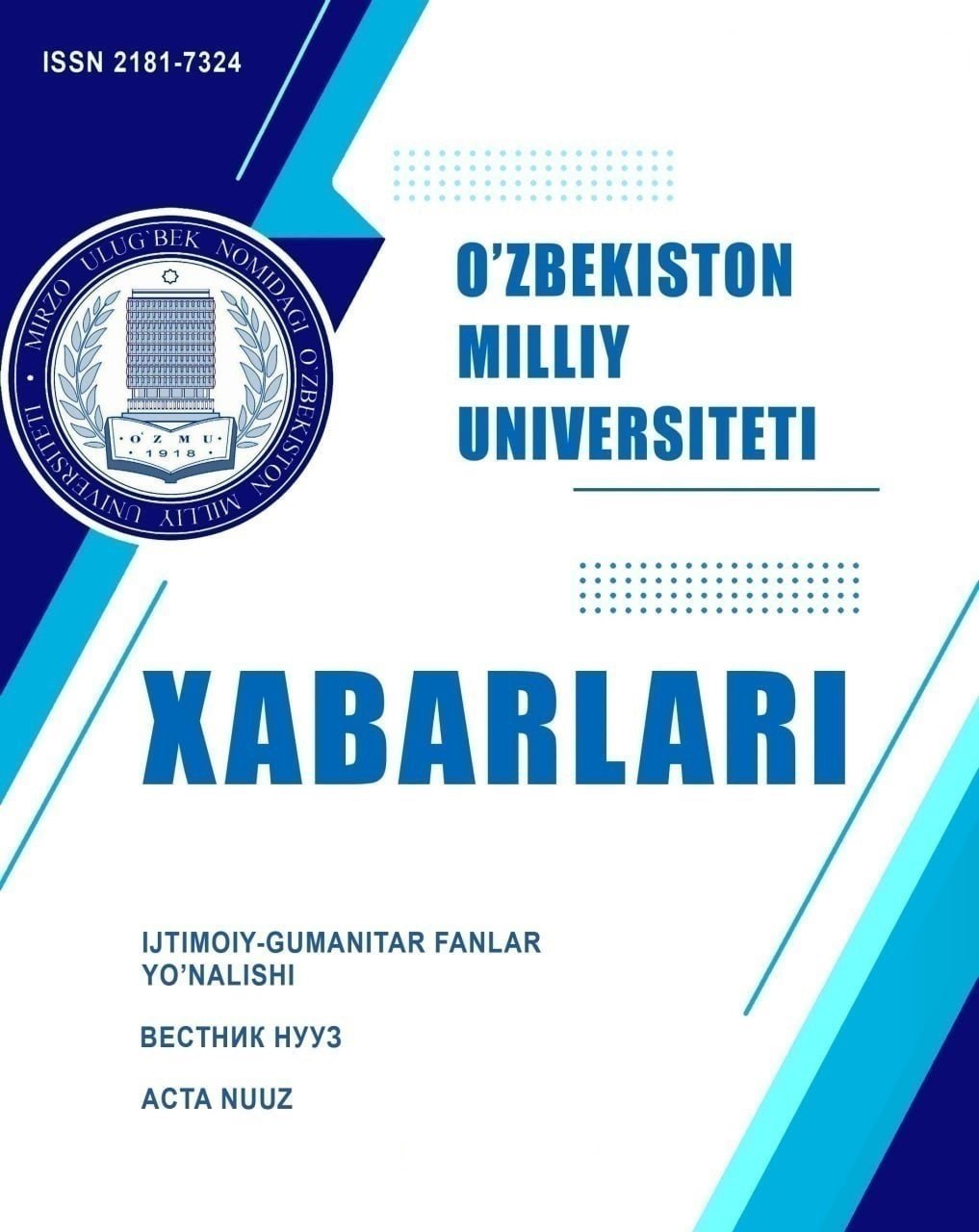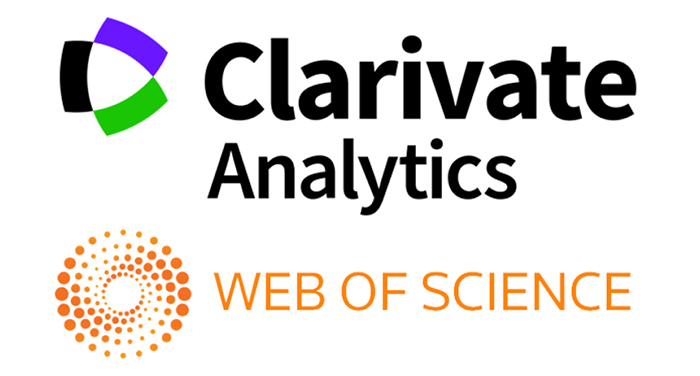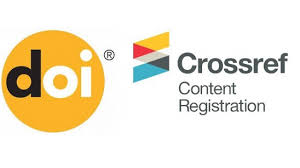NAVIGATING THE CHALLENGES AND LIMITATIONS OF AI IMPLEMENTATION IN FOREIGN LANGUAGE EDUCATION
Abstract
Artificial intelligence (AI) is rapidly transforming education, offering exciting new possibilities for foreign language instruction. From personalized learning platforms to interactive chatbots and automated assessments, AI has the potential to alter how we learn and teach languages. However, this technological revolution also brings challenges. This article explores these challenges and some limitations of using AI in language learning.
References
Bender, E. M., Gebru, T., McMillan-Major, A., & Shmitchell, S. (2021). On the Dangers of Stochastic Parrots: Can Language Models Be Too Big? FAccT '21: ACM Conference on Fairness, Accountability and Transparency, 610–623.
Christensen, C. M., & Eyring, H. J. (2011). The innovative university: Changing the DNA of higher education from the inside out. John Wiley & Sons.
Dodge, J., Mensch, A., Gardner, M., Clark, C., Lee, C., West, M.,... & Smith, N. A. (2021). Documenting Large Language Models. arXiv preprint arXiv:2106.03743.
Dubrow, S., & Orvis, K. L. (2020). Human-Machine Teaming: What Skills do the Humans Need? The Interservice/Industry Training, Simulation and Education Conference (I/ITSEC) Published Proceedings, 1-11.
Holmes, W., Bialik, M., & Fadel, C. (2019). Artificial intelligence in education. UNESCO.
Laurillard, D. (2002). Rethinking university teaching: A conversational framework for the effective use of learning technologies. Routledge.
Luckin, R., Holmes, W., Griffiths, M., & Forcier, L. B. (2016). Intelligence unleashed: An argument for AI in Education. Pearson.
UNESCO. (2021). Artificial intelligence in education. UNESCO.
Copyright (c) 2025 News of the NUUz

This work is licensed under a Creative Commons Attribution-NonCommercial-ShareAlike 4.0 International License.


.jpg)

1.png)







